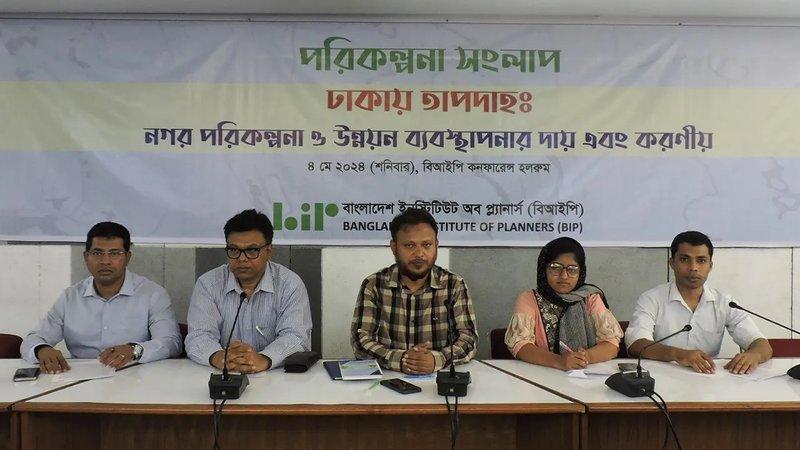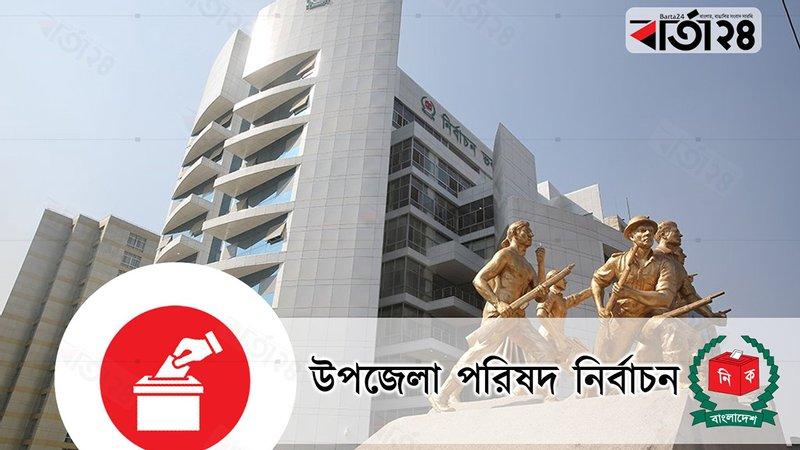Rohingya repatriation project needs coordinated cooperation to succeed

Photo: Collected
Currently, 1.25 million registered Rohingya are living in refugee camps in Bangladesh. Bangladesh has been carrying this burden for six long years which needs to end.
Repatriation initiatives have been taken twice before but were not implemented due to the reluctance of the Rohingya and the security situation in Rakhine State. Aid to the Rohingya has dwindled as the global crisis has strained aid funds for donors and countries and threatens to dwindle further in the future. The decline in international aid has raised concerns among the Rohingya. Bangladesh alone will not be able to provide food and shelter to this large Rohingya population indefinitely if relief aid is reduced.
The security situation in the Rohingya camps is also deteriorating day by day and Rohingya relations with the local people are deteriorating. Various types of crimes committed in Rohingya camps pose a threat to Bangladesh and regional security, and the cost of ensuring camp security is increasing, which is putting pressure on Bangladesh's economy. The Bangladesh government has sought financial assistance from friendly countries and donor organizations to control the situation, which has not yet been forthcoming.
Recently, taking the initiative to repatriate the Rohingya, Myanmar took 11 diplomats from 8 countries, including the ambassador of Bangladesh appointed there on March 8-9, to see the surrounding area including the temporary camps built for the Rohingya in Maungdaw and Sittwe in Myanmar. After this, on March 15, a delegation of 22 members from Myanmar arrived in Cox's Bazar, Bangladesh and verified the information of 480 Rohingyas belonging to 177 families. A tripartite meeting between Bangladesh and Myanmar was held in Kunming on April 18, mediated by China, and as part of this, the third initiative to repatriate the Rohingya was taken. After this meeting, a delegation of 27 members, including 20 Rohingyas, went there on May 5 to see if the environment in Myanmar's Rakhine state is suitable for repatriation. Members of the Rohingya delegation were shown various infrastructures including 15 villages, rehabilitation centers, and transit centers around Maungdaw city.
Refugee Relief and Repatriation Commissioner Mohammad Mizanur Rahman who accompanied them said that they visited the town and village of Maungdu and talked to the Rohingyas there, the environment there is very good. Rohingyas are moving freely and busy with activities in Maungdaw town. He was optimistic about the Rohingya repatriation. The visit was arranged to show the Rohingyas the situation on the ground to increase their confidence. In continuation of this, a delegation from Myanmar will visit Bangladesh in May to discuss the pilot project of Rohingya repatriation. At that time, the delegation will hold talks with the Rohingyas in Cox's Bazar to increase confidence on repatriation. If everything goes well, China and Myanmar want to start repatriating the first group of 1,176 Rohingyas in May. This year, there are plans to take 6,000 Rohingya back to Rakhine by December in 5 more phases, 1,200 people each. Representatives of ASEAN, UNDP and UNHCR are said to be present at the repatriation and reception centers for the smooth implementation of this pilot project. Another meeting will be held next December to decide on the current repatriation initiative and the possible repatriation of 6,000 Rohingyas.
China has been active in repatriating Rohingya for months amid increasing international pressure on Myanmar's military junta. In December 2022, China's special envoy Deng Xijun visited Myanmar. On April 6, he met the Foreign Minister and Foreign Secretary of Bangladesh in Dhaka. China's ambassador to Bangladesh, Yao Wen, said that China is "steadily mediating" between Bangladesh and Myanmar to speed up the repatriation of Rohingyas to Myanmar, and that repatriation is the only solution to the Rohingya problem. The Chinese ambassador hopes that with the support of the international community and the joint efforts of Bangladesh and Myanmar, a sustainable repatriation process will and should begin. Foreign Secretary Masud Bin Momen said that the positive attitude of the Myanmar side has been seen in the last five-six months, if the situation remains unchanged, it is expected that the Rohingya repatriation will be faster. A statement from the Chinese Foreign Ministry on May 4 said that China wants Myanmar to have more friendly and cooperative bilateral relations with Bangladesh.
To understand the situation in Rakhine, it is necessary to welcome this initiative of repatriation of the Rohingyas, otherwise the crisis will be prolonged which is not desired by anyone. It will not be realistic for the Rohingyas from Bangladesh to be assured Myanmar privileges and citizenship indefinitely as it has not been possible in the last six years. The Rohingyas should return to Myanmar and adapt to the situation there and continue to strive for their rights under the supervision of international organizations and the United Nations by establishing good relations with the local people. The Rohingya people have to live together with the Rakhines for ages, so they have to prepare accordingly. If the Rohingyas in the Cox's Bazaar shelter camp are made aware of the Rohingya independent trade and establishment of a model village in Maungdaw, it is expected that their interest in repatriation will increase.
It is not clear whether the presence of the UN, ASEAN or any friendly country of Bangladesh will be needed to ensure the security of the Rohingyas after they return to Myanmar, or what their role will be.
ASEAN is working to finalize an assessment process to continue providing humanitarian assistance to Myanmar. This will include how many people need help, where and what help is needed. If the Rohingya return to Myanmar, they should also be included in this initiative.
Necessary initiatives need to be taken to encourage Rohingyas to participate in this repatriation process along with visionary Rohingya leaders. In this context, donor groups and organizations working to protect Rohingya interests and the international community should come forward. They are able to assist in this process through necessary coordination among themselves.
Bangladesh has shown a sense of responsibility in overcoming this ongoing long-term humanitarian crisis. Considering all aspects, this family-based repatriation process will give confidence to the Rohingyas to return to their own country and create an environment of trust. Although the United Nations and Western countries are not involved in this ongoing initiative, due to Myanmar's close relationship with Japan, the coordinator is the spokesperson of the Western world in this humanitarian initiative regarding repatriation. After the start of Rohingya repatriation, knowing what the problems are during the stay of the first group in Myanmar will give an idea about the necessary steps to move this process forward.
The international community must work to establish good relations with the people of Rakhine and take necessary measures to ensure co-existence of the Rohingyas. In 2017, the Myanmar government, Rakhine people and political parties had a strong attitude and prejudice against the Rohingyas, which has been somewhat positive in the last six years, which is known from the statements of the Arakan Army and the NUG. It is not possible to change this attitude overnight but if it is moving in a positive direction it will change one day.
UNHCR said it will continue to train the Rohingyas to become self-reliant, which will help them improve their professional skills and contribute to the Rakhine economy. If the economic and social situation in Rakhine improves, there will be a working environment, and if economic prosperity returns, the animosity between the two communities will decrease. In order to create this environment quickly, the support of the international community is essential. Donor groups and the international community should continue their activities in Arakan early if the Rohingya return to Myanmar. It is hoped that they will continue to provide humanitarian aid by renewing or renewing their agreements with the Myanmar government and political parties in Arakan to conduct humanitarian operations there. In the current situation, everyone should try their best to help in this process from their respective positions.
All parties need to take the necessary steps to ensure that the process is successful and the 1.25 million Rohingyas in Bangladesh can voluntarily return to their homeland following the path that the pilot project started. This global crisis should be dealt with globally and Bangladesh needs everyone's sincere support to get rid of this crisis.















